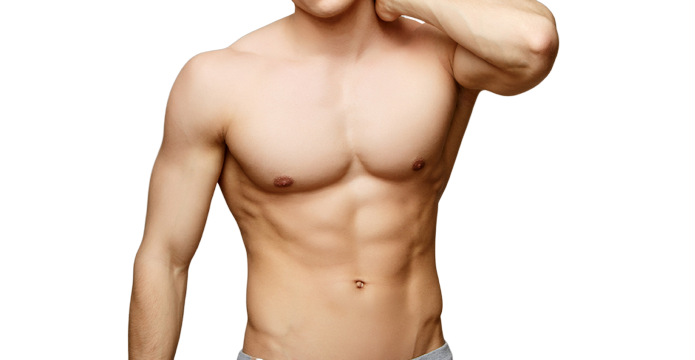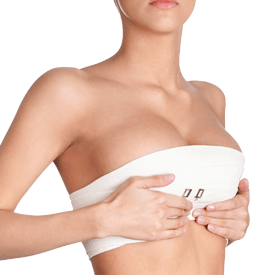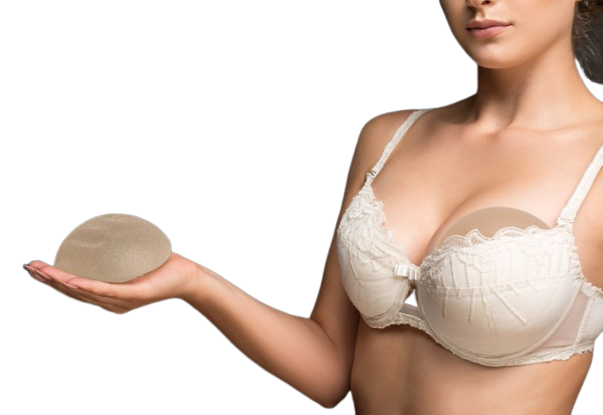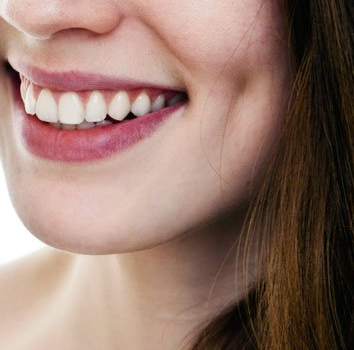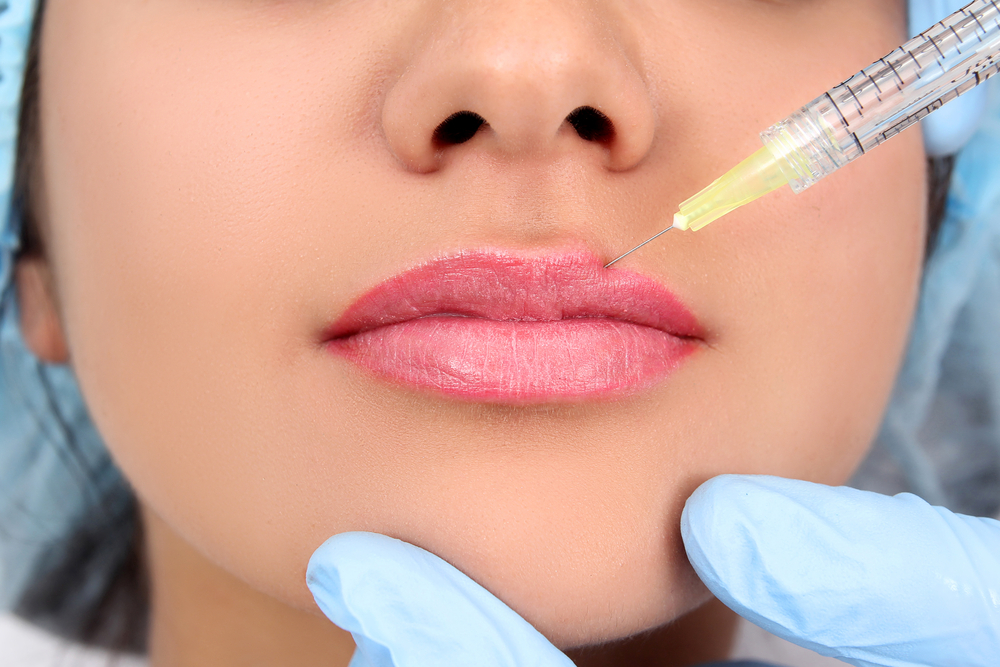Breast Assymetry correction
Breast asymmetry is a common concern among women. While this condition can be quite severe, it is important to note that it is extremely common. The vast majority of cases are mild. One study found at least 65% of women have some mild asymmetry in their breasts. Other, similar studies have put that number at closer to 88% of adult women.
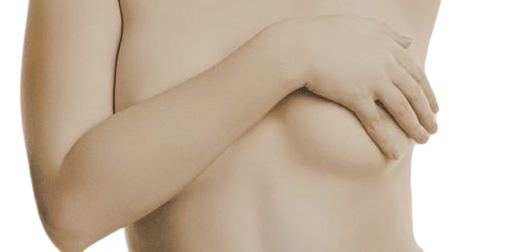
Breast asymmetry is defined as a difference in one or more of the following:
- form
- position
- volume of the breast
Some breast asymmetry is normal and can fluctuate throughout life. For example, asymmetry is usually more noticeable during puberty, pregnancy, and during breast feeding. Doctors are not completely sure what causes breast asymmetry, but possible contributors include hormonal changes or imbalances, traumatic injuries, an underlying medical or skeletal condition, and in rare cases breast cancer.
Small differences in the size and shape of your breasts are nothing to be concerned about. However, if the differences are greater than one bra cup size it may cause psychological distress. If you are seeking to correct any breast asymmetry, there are three options: augmentation, reduction, and/or a lift.
Breast asymmetry can be corrected through a few different breast augmentation techniques. If you are looking to increase the overall size of your breasts, or would like to match the size, and shape to a certain extent, of your larger breast, then a standard breast augmentation might be something to consider. As with any breast augmentation surgery, you will have your choice of silicone or saline implants. Whatever your choice, different sizes are used in each breast to correct the asymmetry and obtain a natural look. You may also choose a round or teardrop (anatomical) breast implant, which can help improve shape asymmetry as well, to a certain extent. You can see breast augmentation photos Toronto in our online gallery.


